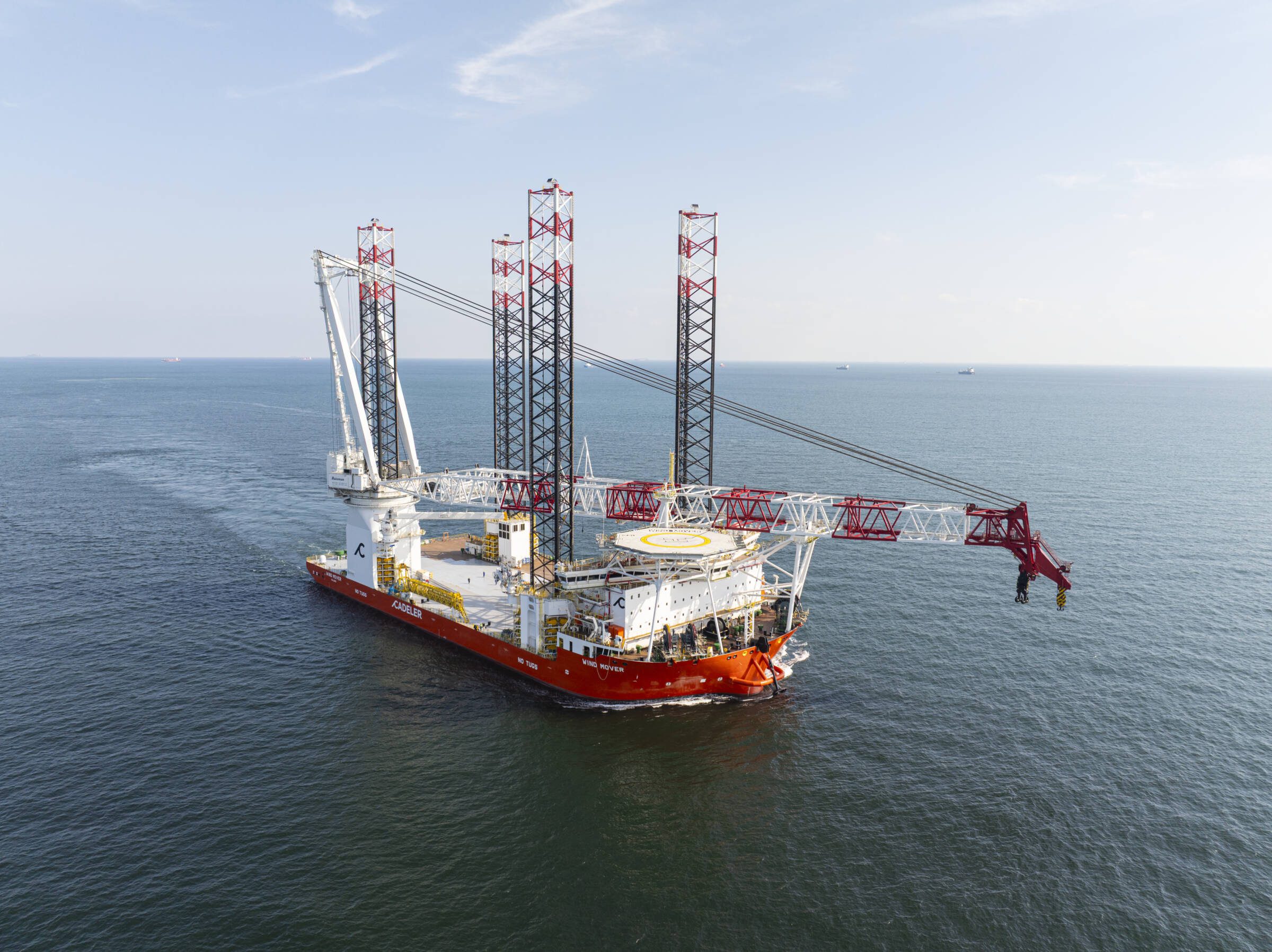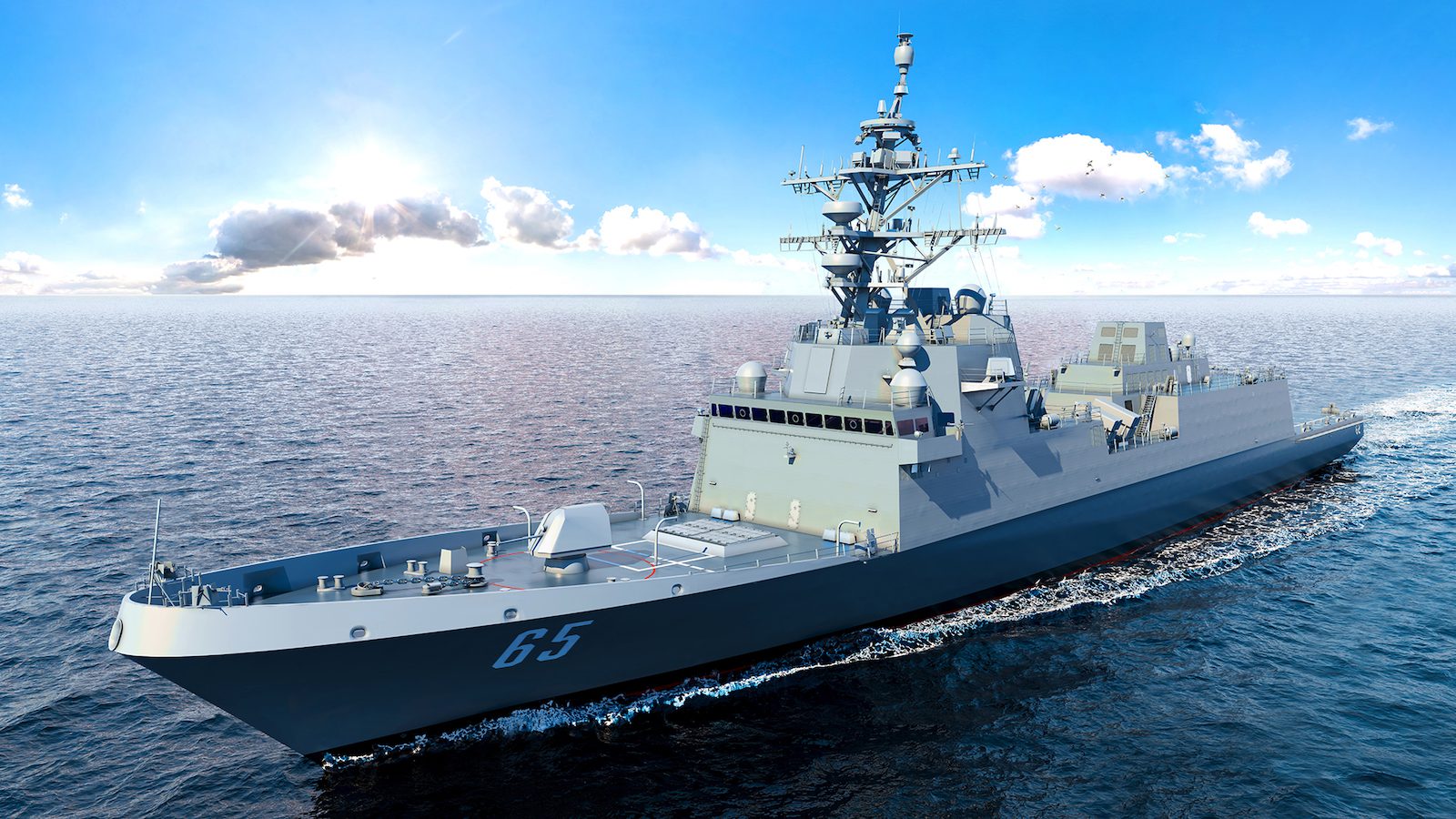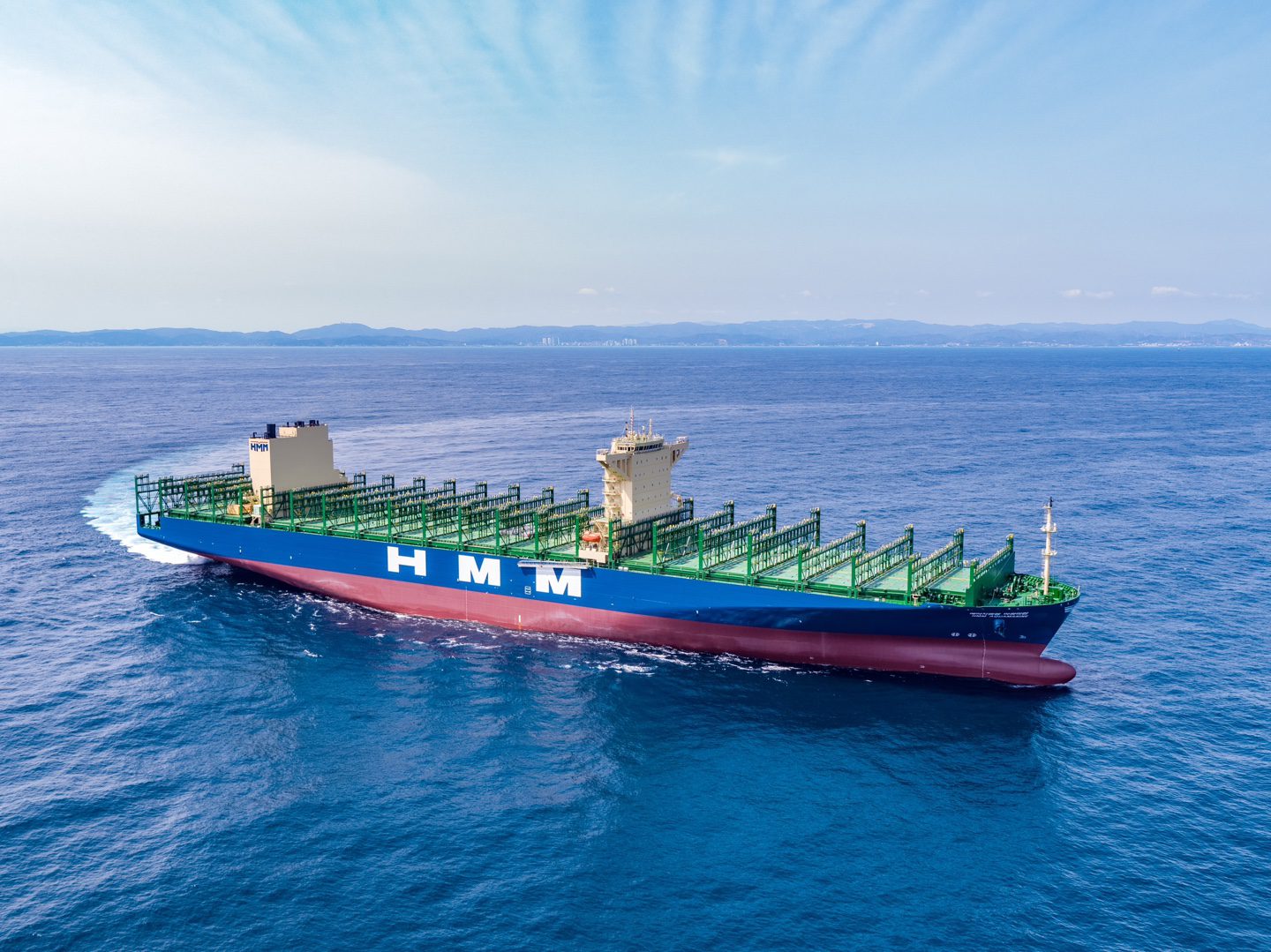The National Oceanic and Atmospheric Administration (NOAA) has announced the names of two new charting and mapping vessels set to join its fleet.
The ships, named “Surveyor” and “Navigator,” are part of NOAA’s ongoing efforts to modernize its research capabilities and support its mission of safe maritime navigation.
These state-of-the-art vessels, currently under construction by Thoma-Sea Marine Constructors in Houma, Louisiana, are expected to be completed in 2027 and 2028. They will primarily focus on ocean mapping and nautical charting, contributing to NOAA’s crucial role in ensuring safe navigation through U.S. waters.
“These new ships will be instrumental in our mission to deliver vital information to mariners,” said a NOAA spokesperson. “They represent a significant step forward in our ability to map and understand our nation’s waters.”
The naming of the ships follows NOAA’s policy of selecting names that fall into specific categories. Both “Surveyor” and “Navigator” are classified as names related to NOAA missions. Interestingly, “Surveyor” also honors two former NOAA ships of the same name, including the original vessel that served in the North Pacific and Bering Sea from 1917.
The addition of these ships is part of a larger initiative to revitalize NOAA’s aging fleet. As of 2023, the average age of ships in the fleet was 30 years, with six vessels expected to reach the end of their service life by 2030. Along with “Surveyor” and “Navigator,” two other oceanographic vessels, “Oceanographer” and “Discoverer,” are also under construction.
NOAA’s commitment to environmental sustainability is evident in the design of these new vessels. They will incorporate the latest clean energy technologies, including vessel emission controls and high-efficiency diesel engines, aligning with NOAA’s net zero emissions goal.
The impact of these new ships extends beyond scientific research. NOAA’s work in mapping and charting plays a crucial role in supporting the U.S. economy, enabling nearly $5.4 trillion in economic activity generated by U.S. ports annually.
NOAA’s Office of Marine and Aviation Operations (OMAO) is responsible for operating, managing and maintaining NOAA’s fleet, comprising the largest fleet of federal research ships in the US, ranging from large oceanographic vessels to smaller ships for charting shallow bays and inlets. The fleet supports fisheries surveys, nautical charting, and ocean and climate studies, and is operated by NOAA Corps officers and civilian mariners.
As NOAA continues to modernize its fleet, these new vessels promise to enhance the agency’s capabilities in ocean research, mapping, and environmental monitoring, ultimately contributing to safer navigation and a better understanding of marine environments.

 Join The Club
Join The Club










